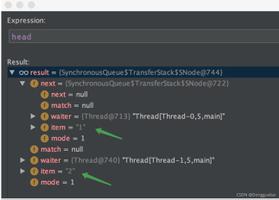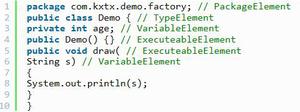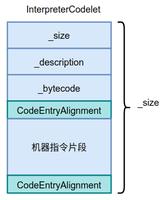java并发包——CountDownLatch(倒计数门闸锁)

1. CountDownLatch的介绍
CountDownLatch是一个同步工具,它主要用线程执行之间的协作。CountDownLatch 的作用和 Thread.join() 方法类似,让一些线程阻塞直到另一些线程完成一系列操作后才被唤醒。在直接创建线程的年代(Java 5.0 之前),我们可以使用 Thread.join()。在线程池出现后,因为线程池中的线程不能直接被引用,所以就必须使用 CountDownLatch 了。
CountDownLatch主要有两个方法,当一个或多个线程调用await方法时,这些线程会阻塞。其它线程调用countDown方法会将计数器减1(调用countDown方法的线程不会阻塞),当计数器的值变为0时,因await方法阻塞的线程会被唤醒,继续执行。
实现原理:计数器的值由构造函数传入,并用它初始化AQS的state值。当线程调用await方法时会检查state的值是否为0,如果是就直接返回(即不会阻塞);如果不是,将表示该节点的线程入列,然后将自身阻塞。当其它线程调用countDown方法会将计数器减1,然后判断计数器的值是否为0,当它为0时,会唤醒队列中的第一个节点,由于CountDownLatch使用了AQS的共享模式,所以第一个节点被唤醒后又会唤醒第二个节点,以此类推,使得所有因await方法阻塞的线程都能被唤醒而继续执行。
从源代码和实现原理中可以看出一个CountDownLatch对象,只能使用一次,不能重复使用。
await方法源码
1 2 3 4 5 6 7 8 9 10 11 12 13 14 15 |
|
doAcquireSharedInterruptibly 主要实现线程的入列与阻塞。
countDown方法
1 2 3 4 5 6 7 8 9 10 11 12 13 14 15 16 17 18 19 20 21 22 23 |
|
doReleaseShared主要实现唤醒第一个节点,第一个节点有会唤醒第二个节点,……。
2. 使用示例
1 2 3 4 5 6 7 8 9 10 11 12 13 14 15 16 17 18 19 20 21 22 23 24 25 26 27 28 29 30 31 32 33 34 35 36 37 38 39 40 41 42 43 44 45 46 47 48 49 50 51 52 53 54 55 56 57 58 59 60 61 62 63 64 65 66 67 |
|
在这个示例中,我们创建了四个线程a、b、c、d,这四个线程几乎同时提交给了线程池。c线程和d线程会在a线程和b线程结束后开始执行。
运行结果
Thread a is start
Thread b is start
Thread b is over
Thread a is over
----------Thread c is start
----------Thread d is start
----------Thread d is over
----------Thread c is over
原文
https://www.cnblogs.com/nullzx/p/5272807.html
以上是 java并发包——CountDownLatch(倒计数门闸锁) 的全部内容, 来源链接: utcz.com/z/393950.html









